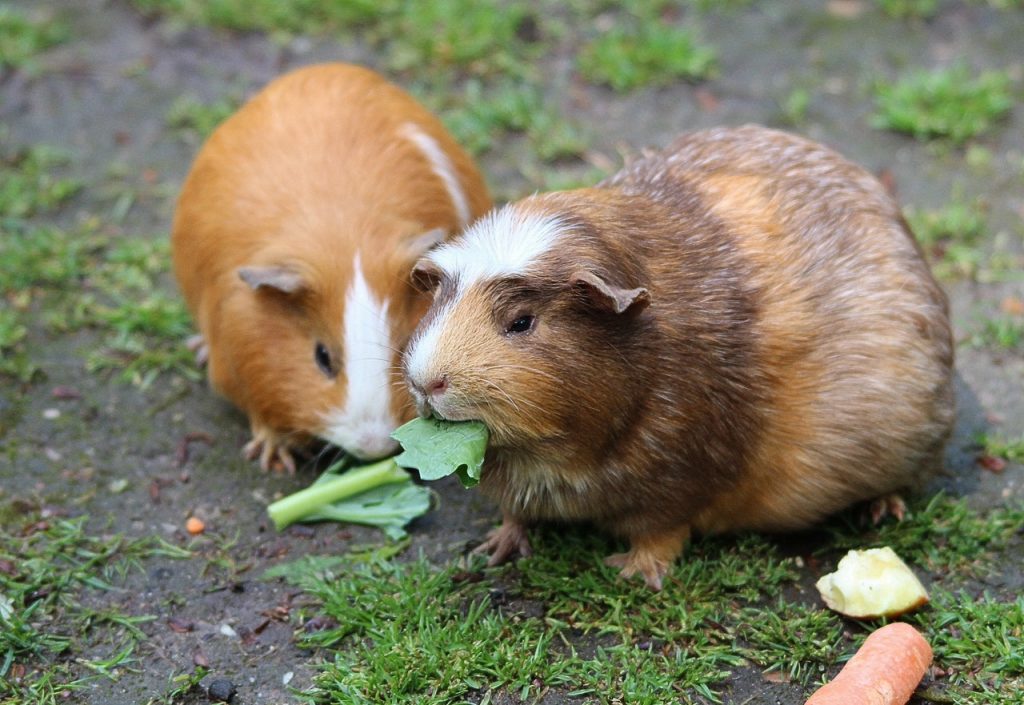Introducing Guinea Pigs for the First Time
 Image: Pixabay
Image: PixabayGuinea Pigs are social animals and normally prefer to be with another guinea Pig. The company provided by another guinea Pig helps prevent abnormal behaviours and companionship enhances their life. However, if your guinea Pig has been kept alone it is important to ensure that the introduction is done sensitively.
Here are some tips on how to introduce Guinea Pigs
- The best combinations are a neutered male and two or 3 neutered females. Adult boars that haven’t been castrated will often show aggression ot other males.
- Rabbits can bully some guinea pigs so avoid mixing the different species together.
- Initially introductions should be done on neutral territory.
- For house guinea Pigs you can use baby-gates between two separate rooms.
- Initially the guinea Pigs should be introduced at close proximity but with a barrier between them. Use something that allows them to see and smell each other but doesn’t permit them to mix. A chicken wire fence is ideal.
- Make sure that even when separated, they still have room to retreat. Baskets next to one another are not recommended as this can be too much too soon!
- Do not rush things. Allow this type of low grade interaction for a few days.
- Make sure that when they see one another, there are tasty food items or/ and engage them both in play with you and another helper at either side of the barrier. This will help them have positive associations with each other.
- Observe responses. Lying at the barrier close to one another, curious behaviour like nose to nose sniffing and eating normally are all good signs.
- If there doesn’t appear to be any alarm or stress then you can progress to the next stage.
- Make sure that they are still in a neutral territory and remove the barrier. Problems are more likely to arise if they feel cramped in together and don’t have sufficient room to choose to retreat.
- Provide lots of places to hide. Include piles of hay, boxes and other areas that they can go to.
- Observe closely for signs of tension and aggression. Teeth chattering can often precede a fight.
- Signs of aggression include head thrusting, a low rumble and sometimes urine spraying.
- For most guinea Pigs, short introductions over time work better so have some patience. Start at 5 minutes, then 10 minutes and so on….
- If you sense that at any time one of the guinea Pigs is distressed, just separate as before (with the see through barrier) and take a few steps back. It may be just that they need a bit more time to adjust.
- If they begin to fight, have a tray ready to slide between them to act as a barrier. Grabbing or chasing them will only add to the stress. However it is normal for there to be some running around together and vocalisation so don’t be too quick to interfere.
- Remember that some guinea Pigs never bond, especially if they have never been socialised with another. Sometimes a bad experience with another guinea Pig can cause an individual to have a negative association. In these cases you can provide your guinea Pig with company, train it (link to clicker training) and enhance its environment to provide an alternative source of mental enrichment.
For more information on Guinea pigs visit http://www.britishcavycouncil.org.uk